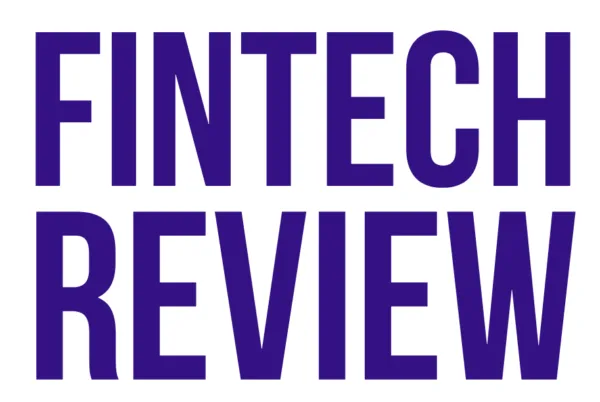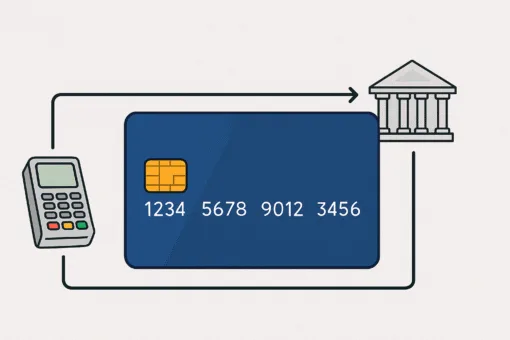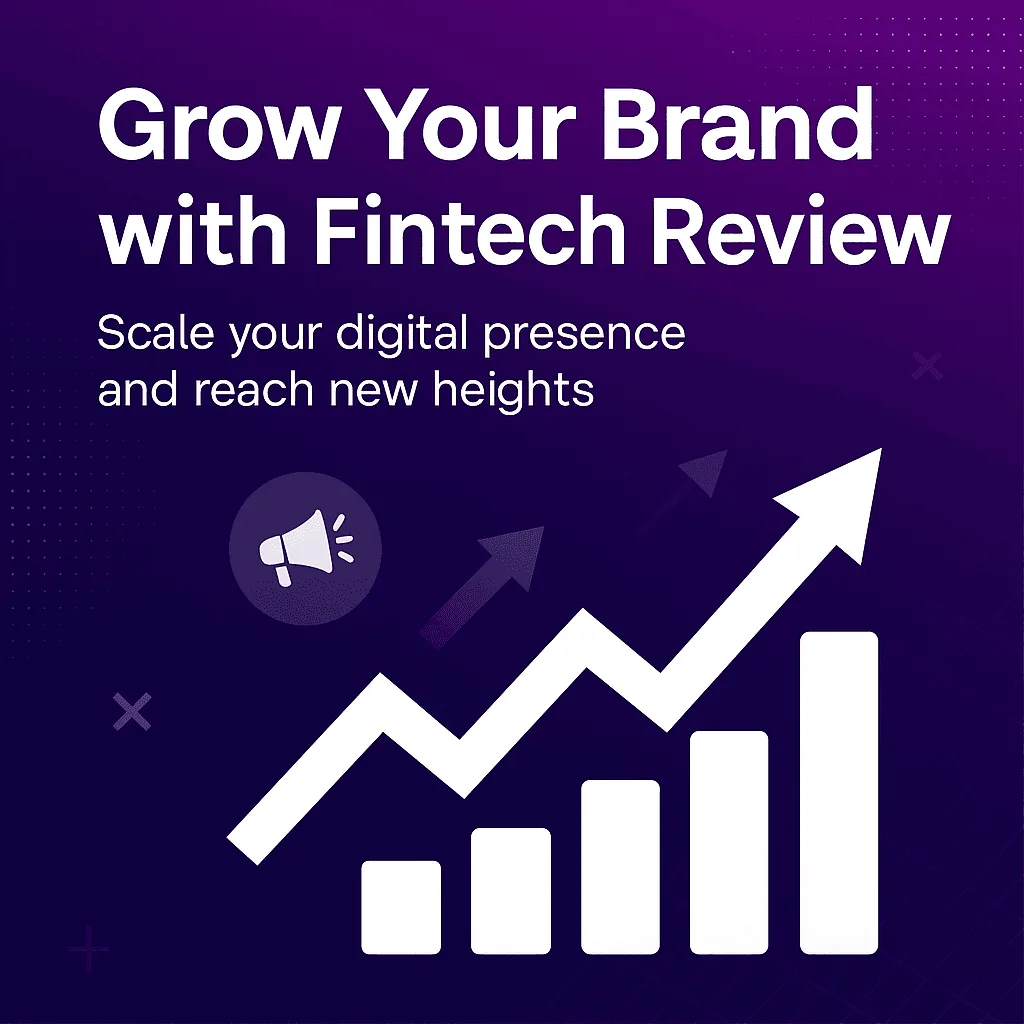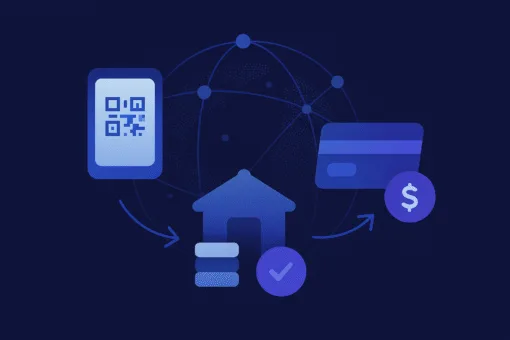By Chirag Shah, Founder and CEO of Pulse.
The UK’s financial services ecosystem is changing. The traditional frameworks, which have been characterised by siloed systems, inflexible risk models, and manual workflows, are increasingly proving themselves inadequate for the needs of the sector. And with embedded finance gaining momentum and real-time data becoming more accessible, financial institutions, platforms, and regulators are faced with having to rethink their infrastructure to meet the rising expectations of customers.
Foundational initiatives, such as Open Banking, Making Tax Digital (MTD), and Open Accounting, have already paved the way for greater data availability and usability. But it comes with a problem. Both businesses and consumers are now demanding instant decisions, personalised products, and faultless digital experiences, leaving providers having to do more just to meet minimal expectations.
The difficulty is that the lending infrastructure that could enable this remains fragmented. Data is dispersed across systems, lending processes are duplicated and manual, and coordination between lenders, platforms, and regulators is limited. The Unified Lending Interface (ULI) is emerging as both a technical solution and a blueprint for the next generation of lending infrastructure in the UK.
Introducing ULI
The Unified Lending Interface is a standardised interoperability framework designed to govern the exchange of credit-related data, events, and permissions across the lending ecosystem.
ULI isn’t a product. It’s not even a platform. Instead, we view it as an underlying protocol that combines modular APIs, data schemas, and event models. This protocol enables lenders, platforms, and borrowers to interact securely and consistently while allowing scalability.
The idea assumes that standardising and exchanging data in real time increases efficiency, transparency, and inclusivity. This approach makes credit decisioning and loan servicing significantly more effective.
In practice, this means applying standardised data models to support a range of different processes, including origination, underwriting, and servicing. This allows for real-time tracking of repayments, defaults, restructures, and other events.
It also facilitates cross-lender checks for affordability and exposure while implementing secure, user-driven consent mechanisms that put individuals in control of their own data. Lenders and platforms can use and adapt customisable APIs to meet various regulatory and operational requirements.
While built-in analytics and reporting tools enable ULI to support compliance and performance monitoring.
Although ULI is not yet a formal regulatory term, similar frameworks are already beginning to take shape within industry-led pilots and fintech platforms. Its broader adoption, in my view, represents a natural and necessary progression in the evolution of lending infrastructure in the UK.
ULI’s Challenge-Solving Potential

Embedded finance has seen rapid growth, but the infrastructure designed to support it is struggling to keep pace. It’s a disconnect that has created an ever-growing list of critical pain points that are beginning to impact risk management and hold back innovation.
Among the most pressing of which is the prevalence of siloed integrations. Right now, most lenders rely on bespoke, one-to-one connections with distribution partners. Unfortunately, these setups are often fragile, expensive to maintain, and difficult to scale, which can limit agility and make it harder to adapt when the need arises.
Limited risk visibility is another major challenge. As things stand, most lenders assess credit exposure without access to broader market data. Consequently, it can be impossible to tell if a loan applicant has applied for multiple loans from other platforms. As such, there is no clear view of whether a business can genuinely afford to borrow more. This ultimately exposes lenders to unnecessary risk.
Borrower transparency is another problem. Borrowers often apply for loans without knowing how lenders make decisions or use their data. This lack of clarity often leads to distrust of the process and discourages responsible borrowing.
Compliance is painful
On top of that, regulatory compliance remains an ongoing and painful effort. With many businesses still reliant on outdated reporting tools, such as batch files, manual uploads, and CSVs, compliance is so much more difficult than it needs to be.
Concerns around data sharing present yet another barrier. Without transparent, user-driven consent mechanisms, both consumers and businesses are hesitant to share their financial information. This reluctance hampers lenders’ ability to offer personalised, risk-appropriate products.
The ULI directly addresses these issues by introducing a standardised framework for interoperability. It brings structure to a fragmented ecosystem, allowing lenders, platforms, and regulators to operate in a more coordinated, efficient, and scalable way, without compromising innovation.
Just as importantly, it helps to rebuild trust across the system by promoting transparency, consistency, and responsible data use.
The Process Behind ULI

The Unified Lending Interface does not function as a centralised system. Instead, it operates as a distributed interoperability layer, specifically designed for credit. It enhances the lending ecosystem through four core functions.
1. Standardising Loan Origination
ULI creates a shared data plan for a wide range of credit products, including long-term loans, merchant cash advances, invoice financing, and revolving credit lines. Creating a common language enables platforms and lenders to integrate efficiently and consistently.
My company already uses this cohesive approach in its systems. ULI-based frameworks power platforms that manage the full loan lifecycle, from application to account servicing.
2. Affordability and Risk Aggregation
One of ULI’s most important features is its ability to calculate borrower risk across multiple lenders in real time. This enables merged credit checks, which meaningfully reduces the risk of borrower overextension. It also supports increased regulatory oversight, thanks to the ability to provide a consolidated view of credit risk.
My company has implemented this, integrating ULI to provide granular visibility into cash flow and repayment capacity, based on data linked to borrowers’ receivables.
3. Real-Time Notification of Events
With ULI, you also gain access to the real-time monitoring of key loan events, including repayments, missed instalments, restructures, and credit limit changes.
This means that lenders no longer need to rely on retrospective data; instead, the door is opened to continuous risk assessment. And with the added ability to automate collections and adjust repayments based on real-time borrower behaviour, you create a system that empowers lenders to proactively respond to changing financial circumstances.
4. Streamlined Application Journeys
Lastly, ULI simplifies multi-lender application journeys through a unified interface. In my company, for example, automated underwriting enables over 95% of applications to be decisioned in under 60 seconds.
This drastically reduces application times, enhances operational efficiency, and improves the borrower experience.
Is the UK Prepared for ULI?

Both technical and regulatory conditions position the UK to adopt ULI or a similar framework. The government’s Smart Data agenda is actively expanding the legal and technical infrastructure for cross-sector, user-permissioned data sharing. Something that is integral for interoperable lending systems.
At the same time, the continued development of Open Finance shows that the demand for modular, interconnected financial services is likely to grow, which reinforces the need for a system such as ULI.
In addition to that, regulatory sentiment is also shifting, with increased demand for more transparent, real-time credit models that offer greater value to customers. In this context, ULI is not intended to replace existing financial infrastructure but to complement and modernise it, particularly in the area of business lending, where fragmented systems still limit access to credit.
Financial services in the UK are becoming increasingly modular; a trend driven by the needs of digital-first businesses and platforms. But in tandem with that is an absence of standardisation and agility.
ULI addresses that problem by enabling real-time data exchange, simplifying regulatory compliance, and fostering a more inclusive and transparent borrower experience. It represents a move toward more responsible, efficient finance. And that’s the future I’m hoping for the lending industry.
About the author
Chirag Shah, founder and CEO of Nucleus Commercial Finance and Pulse.io has over 20 years of experience in the financial services industry and a deep understanding of the needs of UK SMEs.
In 2011, he founded Nucleus, a leading alternative finance provider, to offer flexible and tailored solutions for SMEs across various sectors and stages of growth. With an understanding of the challenges that UK SMEs face in the current economic climate, Chirag launched Pulse in October 2022, a free-to-use service that helps businesses and accountants gain insights into financial performance with AI-powered data visualisation and personalised dashboards. Chirag is not only committed to driving growth and innovation in the UK business ecosystem, but he’s also helping SMEs better understand their data to boost their profitability and guide them towards success.
















